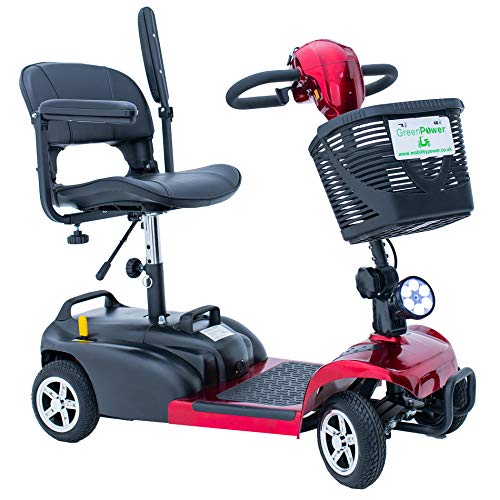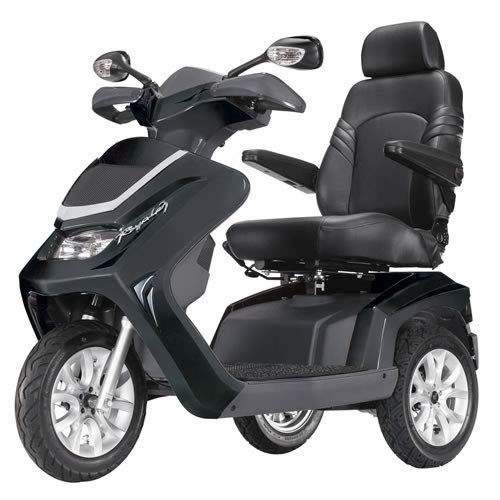10 Machine Coffee-Related Projects That Stretch Your Creativity
페이지 정보

본문
 Coffee machines make it simple to enjoy a hot cup of joe in the comfort of your own home. Some of the most sought-after models have a programmable clock, and even a built-in grinder.
Coffee machines make it simple to enjoy a hot cup of joe in the comfort of your own home. Some of the most sought-after models have a programmable clock, and even a built-in grinder. When you switch on the power, sensors control the heating element which circles the warming plate. It also has a water tube made of aluminum which runs through it.
When you switch on the power, sensors control the heating element which circles the warming plate. It also has a water tube made of aluminum which runs through it.Cold-Water Tube
A machine coffee maker takes the water you pour into it and turns it into your cup of coffee. It does this by boiling the water and passing it through a process which creates pressure to push it through a capsule made of ground or soluble product. These machines can use up to 15 bar of pressure, in contrast to coffee percolators which run at a mere one bar.
There is a reservoir on the bottom of the machine that looks like a bucket. It holds the water that is used to make your beverage. This reservoir has a hole in the bottom and connects one end to the tube inside the heating element and, on the other hand, to an insulated white tube that extends from the bottom of the machine to the faucet.
When you switch on your machine, the water in the reservoir passes up into the heating chamber, and the thermostat signals it to get heated. As the water heats up, it expands and pushes on a screen that is beneath a portafilter that has been filled with coffee and tamped down. The pressure causes the screen to be able to penetrate the filter, which allows the espresso to get into your mug.
The espresso that comes from your machine is a rich and flavorful coffee. It may have different levels of acidity, based on the type beans you select. If your brew is unpleasant, you can try using another filter or coarsely ground beans. If the issue persists you should make an appointment with an authorized service technician to perform an de-liming process to clean out your machine. The most common cause of this problem is lime scale.
Hot-Water Tube
The white tube that is insulated at the base of your coffee maker is called the hot-water tube. It carries hot water from the heating unit to the faucet on the top of your coffee maker. The water is saturating your grounds, bringing their flavor into the cup of coffee you are waiting for.
Certain coffee makers come with an option to keep the water warm, so that it's ready as soon as you wake up. This is done by using a heater that creates some steam. The steam is then directed towards the spout, which keeps your coffee warm until you're capable of pouring it.
While it might appear as if a coffee maker is complicated and expensive, the majority of models are simple to operate and have only a few moving parts. A good cleaning and regular use will keep your machine in good condition for many years to come.
Many coffee machines that have a built-in grinder allow the addition of ground coffee from a container, lock the portafilter in place, and then activate the switch inside to begin the brewing process. When the switch is flipped and the pump starts to pressurize the water inside the heating chamber until it's about 220 psi of pressure.
One of the most frustrating things when making a cup of coffee is the need to refill the reservoir frequently. Certain manufacturers have developed coffee machines that can be connected directly to the water line. This allows you to skip the reservoir. There are kits for those who wish to make the switch themselves. They can transform any machine to an espresso maker that connects directly to the household water line. The process is a bit more involved and involves drilling holes into your machine to accommodate the adapter. This could weaken the coffee maker's construction and cause cracks around the areas that were drilled. It is recommended that you purchase a specially-built coffee maker that is designed to accept an open water line to get the best results.
Resistive Heat Element
The heater is a piece metal that exhibits a particular kind of electrical resistance. It resists the flow of electricity without stopping it completely, and a portion of the energy is transformed into heat. This is the way your coffee maker's boiler is heating the water.
The heating element is situated on the left side of the machine's base. It is shaped like the filament of a lightbulb, or the element of an electric toaster. It is comprised of an aluminum extrusion that is divided into two sections with a tube that is used to allow water to flow through and a resistive element. (Watch video here). The resistance of this coiled wire is what causes it to get hot when it is given energy.
When you turn on your coffee maker, the device heats the aluminum water tube until where it boils. Then the bubbles float up through the white tube and are sprayed onto your coffee grounds with the shower head. The water spray absorbs the essential oils of the coffee beans when it descends, and also contains caffeine.
If you're having trouble with your coffee maker and the hot water isn't coming out, it's probably due to a malfunctioning pressure switch or heating element thermostat. You can test both by using a multi-meter to perform the continuity test. Connect one of the poles to the electrical connection, and the other to the flange body, and it should read an amount that is less than 1. If there isn't any reading then it is a sign that the thermostat or switch need to be replaced.
The reservoir or water pump is another component of your machine that could cause problems. It can become clogged with lime, so you will need to run water and descaling agents through it.
Warming Plate
A warming plate is a heated metal surface that keeps the coffee warm in a cup after it has been prepared. This feature of the coffee maker is extremely popular with those who enjoy coffee at restaurants and is an excellent addition to any kitchen. The warming plate is susceptible to rust and ruin the taste, so it is important to keep it clean. The best method of cleaning a coffee maker heating plate is to make a mixture of oxalic acid and water.
Oxalic acid can be used as an effective cleaner to get rid of the rust that has built up on sinks, pipes and gas stove burners. It can also be used to clean many other household objects. It is an extremely efficient solution to clean the warming plate that is rusty in your coffee maker. It is available from many hardware stores. You should always be careful when using this product, since it can cause burns and other injuries if it is not handled properly.
When you are cleaning a rusty coffee maker heating plate, first make sure that the coffee maker is not plugged. This will prevent any possible damage that could be caused by the heat from the cleaning products. You should also wear rubber gloves, as the oxalic acid can be extremely rough on your skin.
Next, sprinkle some white vinegar over the rusty area of the coffee maker heating plate. The chemical reaction will dissolve the rust. Then you can use the rag or brush to scrub the area until it is clean. You may need to repeat this process multiple times if your coffee maker is severely rusted. Be sure to wait until the oxalic acids have totally evaporated before plugging the coffee maker back in.
Aluminum Water Tube
When you switch on your machine, it'll begin making coffee for www.4182051.xyz (Read Much more) you. It might seem easy however, it takes a lot to transform just a few spoonfuls of grounds from coffee and some hot water into a steaming hot beverage.
First of all, the cold water flows through an opening in the reservoir's bottom, and then into the aluminum tube that is beneath the resistive heating element. Then the aluminum water tube starts to heat up and when it reaches its boiling point, bubbles begin to form that push the water partway into the white tube that is that is located in the middle of your coffee maker.
The hot water flows through the top of the tube into the perforated disc that is called the shower head. (Or basket in some machines). The hot water is sprayed over the coffee grounds, absorbing the oil essence.
Then the water runs down over the coffee and back up through the filter to your pot. The pump's oscillating force is responsible for this. The expanding and contracting of the bubble boundaries creates an elongation force that separates the coffee particles from water, leaving a strong espresso like beverage left behind.
Remember that your machine is dependent upon many different components. They're all interconnected. If you experience strange noises or feel vibrations it could be due to an unconnected component. Loose parts can cause noise and weaken connections, which will result in further problems.
- 이전글How Prescribed And There Are Various Shelf Drugs Can Land You In Trouble When You Travel 24.08.27
- 다음글5 Killer Quora Answers To Fireplace Suite Electric 24.08.27
댓글목록
등록된 댓글이 없습니다.

